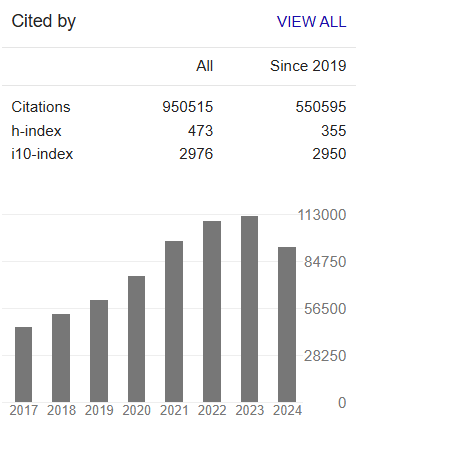The Recycling of Sewage Generated in Kormangla-Chellaghatta Valley of Bengaluru India
Abstract
Uday Veer Singh
The water consumption in Bengaluru goes to 1853 Million Liter per Day (MLD) mainly sourced from Kaveri river and borewells and in result to produce abbot 1400 MLD of sewage. About 711 MLD is being treated water out come from 26 Secondary Treatment Plants (STP) against their capacity of 1360 MLD. About 462.9 MLD is recycled for various purposes and remaining 248.5MLD is allowed to flow in Sewage Water Drainage or in lakes allowed to mix with the sewage, making practically no use. The Bangalore Water Supply and Sewerage Board (BWSSB) has about 6 STPs in place for a capacity of 453.5 MLD in the Kormangla-Chelghatta valley (K&C Valley) catchment area. One of the best-known sewage recycling in present day in the country is 440 MLD Kormangla-Chelghatta valley project for drought prone Kolar and Chickballapur districts in Karnataka, India to reuse of treated water for ground water recharge and industries and then to agriculture. About 76 tanks have been filled till this date.
From these tanks, treated water is allowed to recharge the ground water and then reused through open wells/ borewells for agriculture/ horticulture. No treated water is directly used from such tanks. The project has facilitated to change the socioeconomic status of the farmers, terrestrial, aquatic and marshy ecosystems of the area. The project is bringing change in symbiotic relations by exerting pressure for more sewage treatment at Bengaluru and in turn vegetables/agriculture products supply to it. It also fulfils the obligation of City to provide nutrient rich treated waste-water for farmers’ irrigation needs under distress conditions that they are facing due to drought and water shortage, who grow food and vegetables and thus ensuring symbiotic livelihood security for the farmers and food security for the city. The author is working as expert member appointed by National Green Tribunal for the rejuvenation of lakes in K&C Valley



